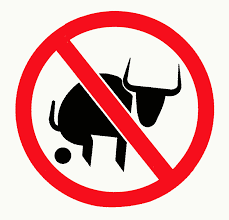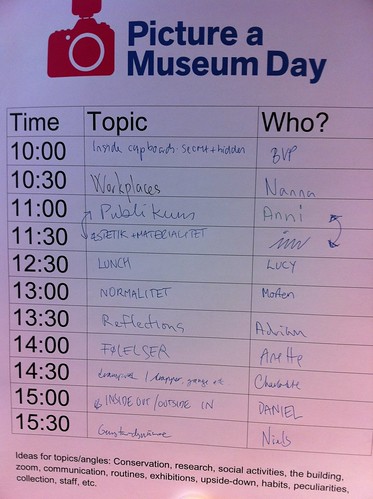 I’m a sucker for old analytical-philosophical virtues. That is, I like to analyse words and phrases in the light of common experience and ordinary language. I love to ask simple questions, like “What do you actually mean by X”?
I’m a sucker for old analytical-philosophical virtues. That is, I like to analyse words and phrases in the light of common experience and ordinary language. I love to ask simple questions, like “What do you actually mean by X”?
My desire for analytical philosophy was triggered again the other day when I recieved the call for a conference titled ‘Bio-objects for Europe?’ organised by the European Cooperation in Science and Technology (COST) programme.
The basic idea behind the conference (and the network it is supposed to launch) is “the understanding that whilst the bio-sciences do different things in different places and mean different things to different actors, much can be learnt if we try to assemble these different things—as well as the researchers that conduct research on them”. It’s these assemblages of things and researchers (did someone say ANT?) they call ‘bio-objects’.
And here comes the juicy part that triggered my desire:
In a nutshell, ‘bio-objects’ refer to new living materials that disrupt formerly established boundaries and modes of ordering, as well as to ‘old matters of life’ that are ‘revitalized’ when brought into new spaces. However, rather than a ready-made concept—or even Theory with a capital T—‘bio-objects’ are a new heuristic device – or, in one sense, a boundary object – that is waiting to be filled with meaning. Filling bio-objects with meaning by drawing on empirical research on bio-objects, following their making and stabilization, their movements and circulations, their trajectories and life lines, and their governance and regulation, in different spaces and at different scales, is the ambition of this Action. In doing so, we want to provide both new analytical and policy-relevant contributions towards the understanding and oversight of these troublesome ‘creatures’.
which makes me want to ask some old-school analytical questions, like:
- what’s “new living materials” as opposed to “old living materials”?
- what does it actually mean that “new living materials … disrupt formerly established boundaries”?
- how can “‘old matters of life'” (note the inverted commas) be “‘revitalized'” (note again the inverted commas)
- what’s the difference between “Theory with a capital T” and just ‘theory’?
- what’s the difference between “a new heuristic device” and “a ready-made object”?
- “or, in one sense, a boundary object” — which are the other sense(s)?
- one the one hand, ‘bio-objects’ “refer” to “new living materials” (whatever that is). On the other hand ‘bio-objects’ is “a heuristic device … waiting to be filled with meaning” — is there (maybe) a slight contradiction here?
- I’d love to understand what a heuristic device not yet filled with meaning looks like 🙂
And then, of course, there are all the usual buzz-words — objects are ‘made’ and ‘stabilized’, they ‘move’ and ‘circulate’, they have ‘trajectories’ and ‘life lines’. ‘Boundaries’ are, of course, always ‘disrupted’ and everything takes place in ‘spaces’ (never in places). And don’t forget that objects are always ‘ordered’, ‘governed’ and ‘regulated’.
“In a nutshell”, sometimes I wonder (inspired by my good friend and former colleague Hanne) if some of these conference announcements are generated by a web-based bullshit generator?

 One of their recent hot topics is
One of their recent hot topics is  We’re pretty proud of being the fourth most energetic contributor to Flickr and Twitter’s joint
We’re pretty proud of being the fourth most energetic contributor to Flickr and Twitter’s joint